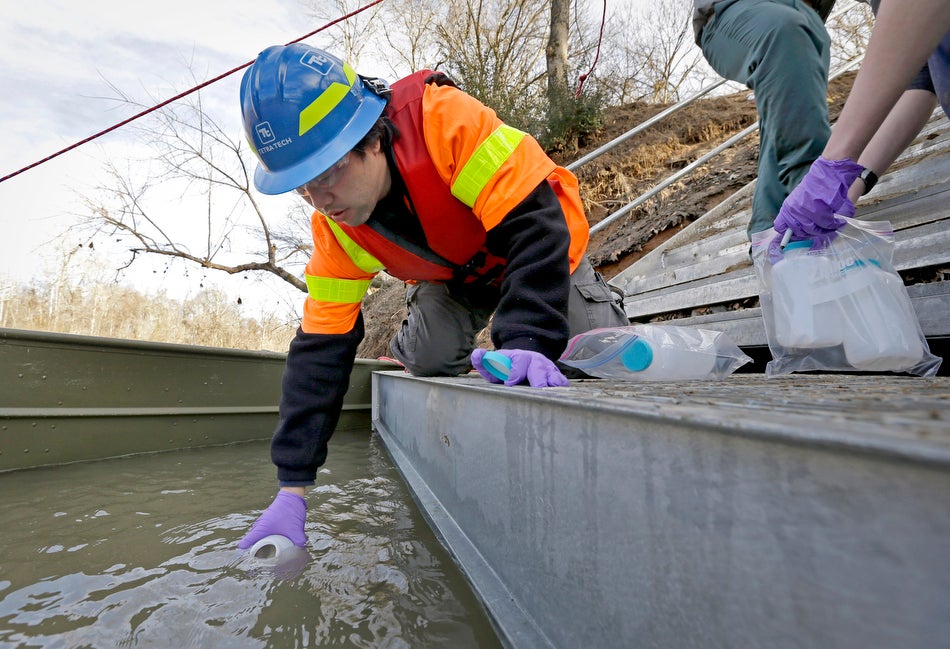Ending Dangerous Coal Ash Pollution into the Ohio River
Coal ash contains dangerous chemicals including mercury, arsenic (a known carcinogen), lead, selenium, cadmium and many other harmful metals and pollutants. These toxic metals build up in ecosystems and most are dangerous even in very small amounts.
Case Overview
Time-lapse photography from a camera strapped to a tree captured a year’s worth of images proving that dangerous coal ash wastewater from a plant owned by the utility company Louisville Gas & Electric is pouring unabated into the Ohio River. A coal ash pond for LG&E’s Mill Creek Generating Station, which sits on the Ohio River, is the source of the pollution. The Environmental Protection Agency previously classified the pond as being ”high hazard,” meaning a failure or mis-operation of the ash pond dam will likely result in fatalities and environmental damage. While the federal Clean Water Act does protect waterways from pollution, there are no federal safeguards specific to coal ash pollution.
Coal ash is the toxic byproduct left over when coal is burned to generate electricity. It contains dangerous chemicals including mercury, arsenic (a known carcinogen), lead, selenium, cadmium and many other harmful metals and pollutants. These toxic metals build up in ecosystems and most are dangerous even in very small amounts. According to a 2010 report to Congress on the condition of Kentucky waters submitted by the Kentucky Energy & Environmental Cabinet, the Ohio River is impaired by mercury pollution and is subject to a fish consumption advisory.

Case Updates
Case page created on May 14, 2014.

